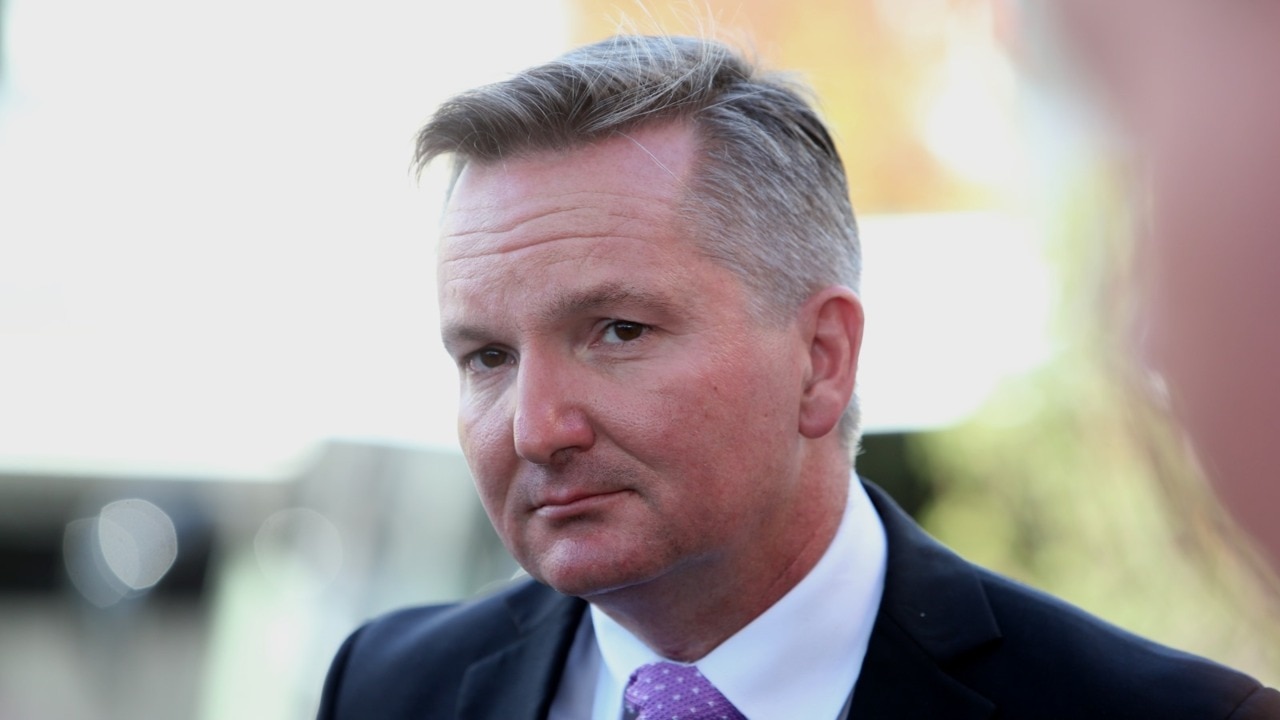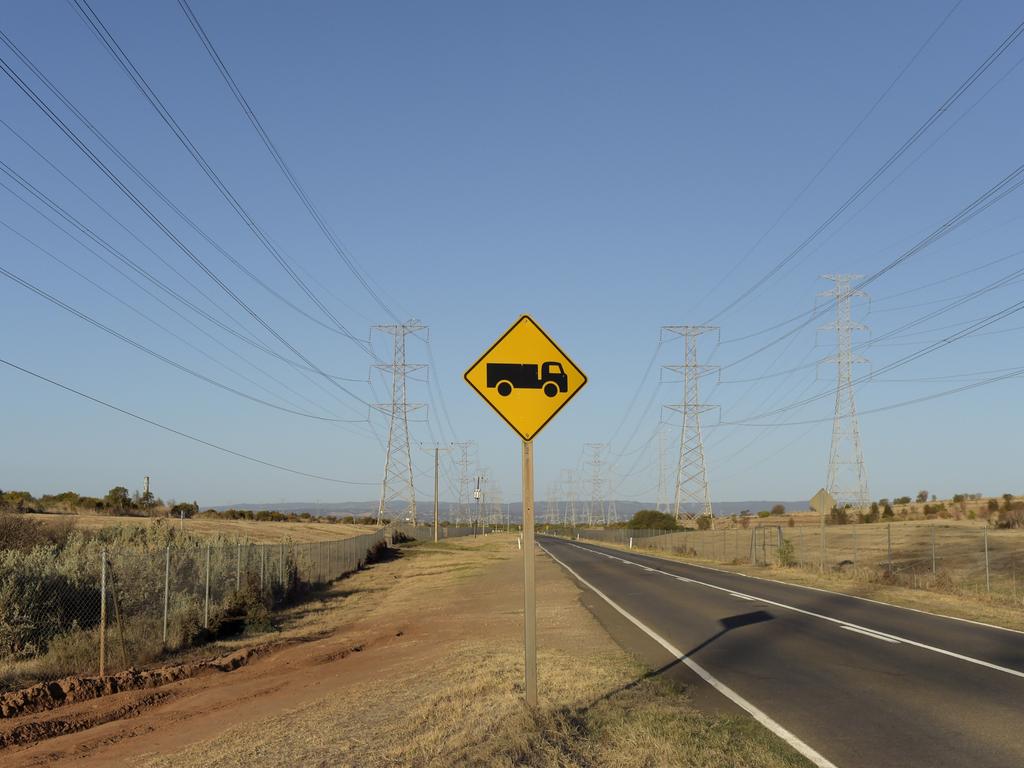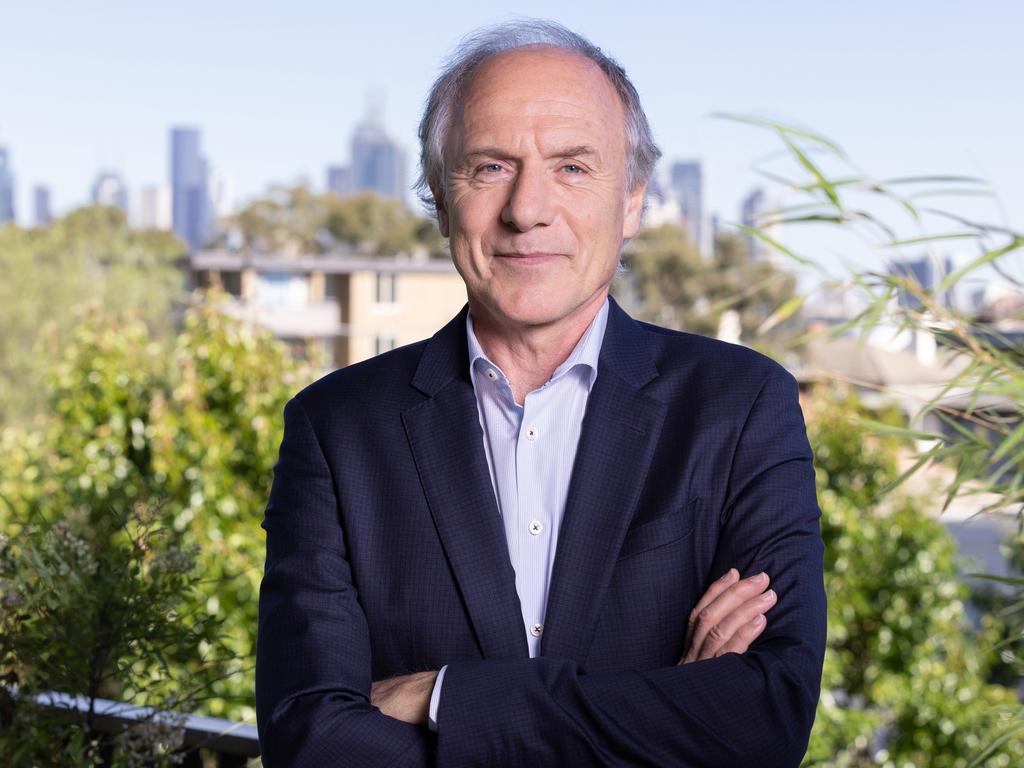
Mao’s pronouncement that the backyard furnace offered a path for China to catch up with the industrialised West hit the great wall of reality. It was abandoned in 1962, but Mao still would not concede it was a failure, insisting it had taught Chinese people to work hard.
Some may flinch at the comparison between Climate Change and Energy Minister Chris Bowen’s Green Leap Forward and the mobilisation of the entire Chinese population in the construction of socialism. Yet the similarities are becoming more apparent by the day as we edge closer to the inevitable failure to meet the 2030 target.
Both programs advocate the amalgamation of diverse, small-scale production to replace what had formerly been a heavy industrial process. Both represent a massive diversion of resources with little if any regard for the opportunity cost. Both suffered from the arrogance that there could be no deviation from the plan, even when the flaws became apparent.
Bowen shows no signs of abandoning his proposal to install 22,000 solar panels a day and 40 giant wind turbines a month, and hooking them up to transmission lines that do not yet exist. Only one significant pumped-hydro project is under construction – or would be if the tunnel boring machine hadn’t jammed in some desolate place high in the Snowy Mountains. The inherent intermittency of weather-dependent generation will be backed up by giant batteries and gas-peaking plants such as the two open-cycle gas turbines planned for Kurri Kurri. They were supposed to come online this year, but won’t be online until 2025 at the earliest.
Alan Finkel acknowledged things weren’t exactly going smoothly in an interview with Christine Middap in Saturday’s The Weekend Australian. Nevertheless, he remains “hopeful … confident we’ve got a chance” to reach our 82 per cent renewables targets by 2030. “Think forests of wind farms carpeting hills and cliffs from sea to sky,” he writes in his new book, Powering Up: Unleashing the Clean Energy Supply Chain. “Think endless arrays of solar panels disappearing like a mirage into the desert.”
Finkel is confident that by 2040 Australia will have “an almost fully zero-emissions electricity system powered by wind and solar, firmed by batteries, pumped hydro and hydrogen storage with the help of natural gas as a firming source”.
Yet only three of these technologies can be described as sources of power since batteries, pumped hydro and stored hydrogen do not generate power any more than a can or a bottle brews beer. None provides dispatchable power available unconditionally 24 hours a day. The Kurri Kurri gas plant will be served by a pipeline that can only deliver enough gas to run the plant for 10 hours a day.
This raises the question of whether wind, solar and open-cycle gas plants can ever be relied on to provide baseload power. Until now baseload, the minimum amount of electricity that must be supplied to a grid at any given time, has been reliably delivered from coal generators 24 hours a day, seven days a week. The word “baseload” has become frowned upon in recent years, presumably because it is regarded as exclusionary.
Advocates of renewables argue that with the help of enough batteries, wind and solar should be allowed to identify as baseload too. The definition of baseload should not be contained by the laws of physics, any more than the definition of a woman should be constrained by biology.

Yet the theory that renewables can replace coal to meet our carbon ambitions is mere conjecture. It hasn’t yet been shown to work in any country that has tried it.
At least two dozen zero or near-zero carbon electricity grids are already running around the world including in Paraguay, Tajikistan and DRC Congo, all of which have reached the clean-energy nirvana Australia won’t arrive at for another two decades, on Finkel’s projection. All have substantial volumes of zero-carbon baseload power in the mix, principally hydroelectricity and nuclear, with geothermal in countries such as Iceland and New Zealand that sit uncomfortably on top of volcanoes.
Denmark is the only country to develop a low-carbon grid with a heavy reliance on wind and solar. The Danes, however, enjoy the convenience of being connected to the continental European synchronous grid, which has 80GW in reserve, or the equivalent of 40 pumped-hydro projects on the scale of Snowy Hydro 2.0. The northern part of the country also taps into the Nordic grid with abundant hydroelectricity and nuclear power from Finland and Sweden.
Australia, however, has to survive on its wits, which is why we should avoid value-laden language like “renewables”, which is forcing us towards an illogical policy we cannot afford and which almost certainly won’t work. If the aim is to decarbonise the electricity grid without breaking it, we will need a low-carbon, abundant and affordable source of baseload power to replace coal. Since the topography and geology do not lend themselves to hydro or geothermal, that baseload source must be nuclear.
Labor might draw lessons from the centre-left Liberal government of Dalton McGuinty, who was elected premier of Ontario, Canada in 2003 promising to close the province’s five coal generators in four years.
In 2007, McGuinty confessed he would have to break his promise. “It’s been a bit of a painful learning experience for me,” he told journalists. “We’ve always got to reconcile our eagerness to eliminate coal-fired generation with our responsibility to maintain a reliable supply of affordable electricity.”
The last coal plant didn’t close until 2014, a year after McGuinty lost government. Today, however, McGuinty can claim vindication as Ontario’s grid operates virtually carbon-free thanks to hydro-electricity, nuclear power and a floor price that prevents baseload energy from being undercut by cheaper, subsidised intermittent sources of power.
With PM Anthony Albanese and Bowen barely a year into the job, it is not too late to change direction and language. The pragmatism of McGuinty offers an infinitely better role model than the imperious and foolish presumption of Mao.
Nick Cater is senior fellow at the Menzies Research Centre.








Mao Zedong’s fixation with backyard furnaces was one of the principal causes of the Great Chinese Famine of 1959-61. The diversion of labour to manufacture unusable steel in tens of millions of small, inefficient furnaces remains an object lesson in the folly of ideological central planning.